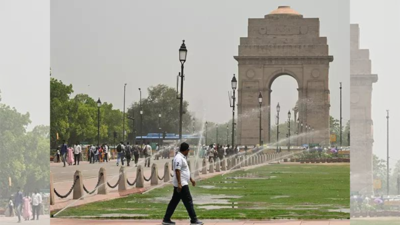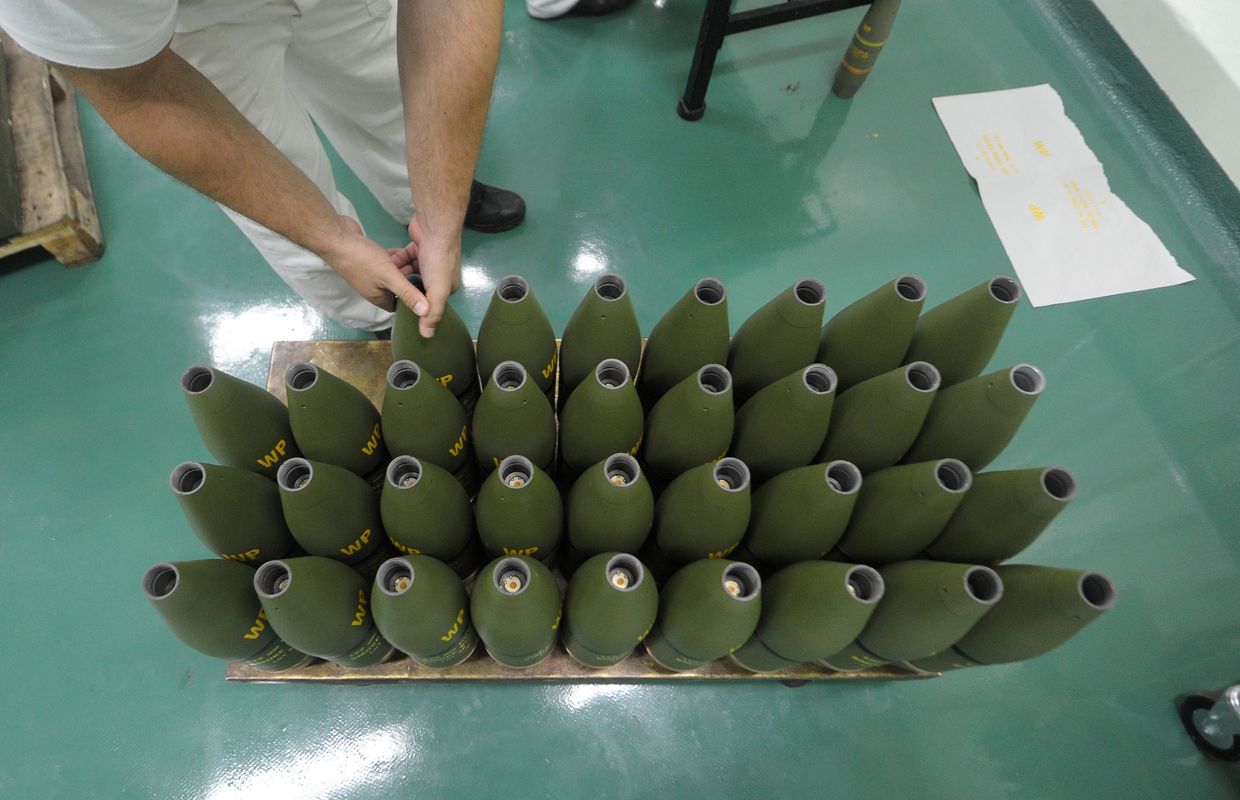
Representative image (Picture credit: ANI)
NEW DELHI: In response to a renewed spike in pollution levels, the Commission for Air Quality Management (CAQM) has reimposed Stage-I measures of the Graded Response Action Plan (GRAP) across Delhi-NCR with immediate effect.
The decision was announced in an official order on Saturday, after Delhi's Air Quality Index (AQI) climbed to 209, placing it in the ‘Poor’ category.As per the CAQM order, the Sub-Committee reviewed air quality data and forecasts from the IMD and IITM and observed a steady deterioration. “The AQI of Delhi has shown an increasing trend and has been recorded at 209 on 07.06.2025. Further, the forecast also predicts AQI to mainly remain in ‘Poor’ category in coming days,” the order stated.
In light of this, the Sub-Committee has directed all agencies in NCR to invoke Stage-I actions of the extant GRAP with “immediate effect”. These include stricter monitoring of air quality levels and enhanced dust mitigation efforts, especially in Delhi-NCR. Citizens may also be urged to follow the citizen charter under Stage-I.Stage-I GRAP measures aim to prevent further air quality degradation through targeted interventions.
These include enforcing dust control protocols at construction sites, promoting public transport, and regulating open waste burning.The decision comes just three weeks after Stage-I measures were revoked on May 18, when Delhi's AQI had improved to 179 and settled into the ‘Moderate’ category. The CAQM had then observed that dust pollution caused by episodic strong winds and thunderstorms had subsided, leading to better air quality.However, with levels climbing again, dust control has once more become a key focus. In May, the Delhi Pollution Control Committee (DPCC) made it mandatory for all construction and demolition sites to register on its Dust Portal before plan approvals.To further strengthen action, the Delhi government, in coordination with DSIIDC, has already begun deploying GPS-enabled hydraulic anti-smog gun vehicles, each capable of spraying mist up to 30 metres.
These CNG-powered vehicles are operational in two shifts across industrial zones like Bawana and Narela.Reiterating the government’s dual commitment to development and environment, Environment Minister Manjinder Singh Sirsa said last month, “We are taking concrete steps to minimise industrial waste and improve infrastructure so that businesses can thrive responsibly.”The CAQM has assured that it will keep a close watch on pollution levels and reassess the situation for further action based on IMD forecasts and real-time air quality data.
.png)
 German (DE)
German (DE)  English (US)
English (US)  Spanish (ES)
Spanish (ES)  French (FR)
French (FR)  Hindi (IN)
Hindi (IN)  Italian (IT)
Italian (IT)  Russian (RU)
Russian (RU)  6 hours ago
2
6 hours ago
2







Comments